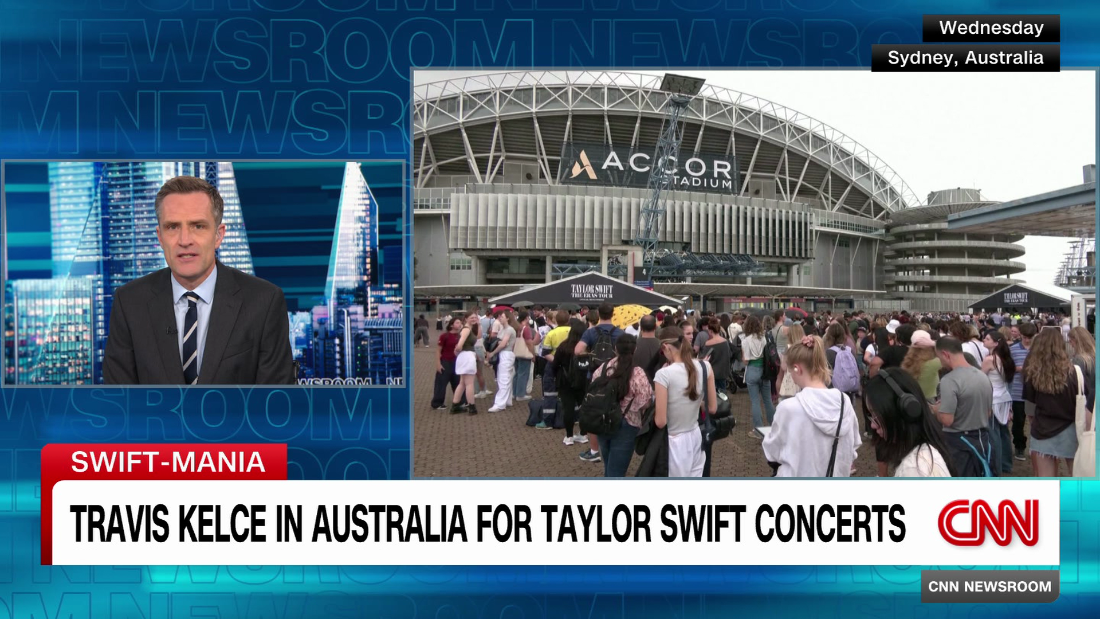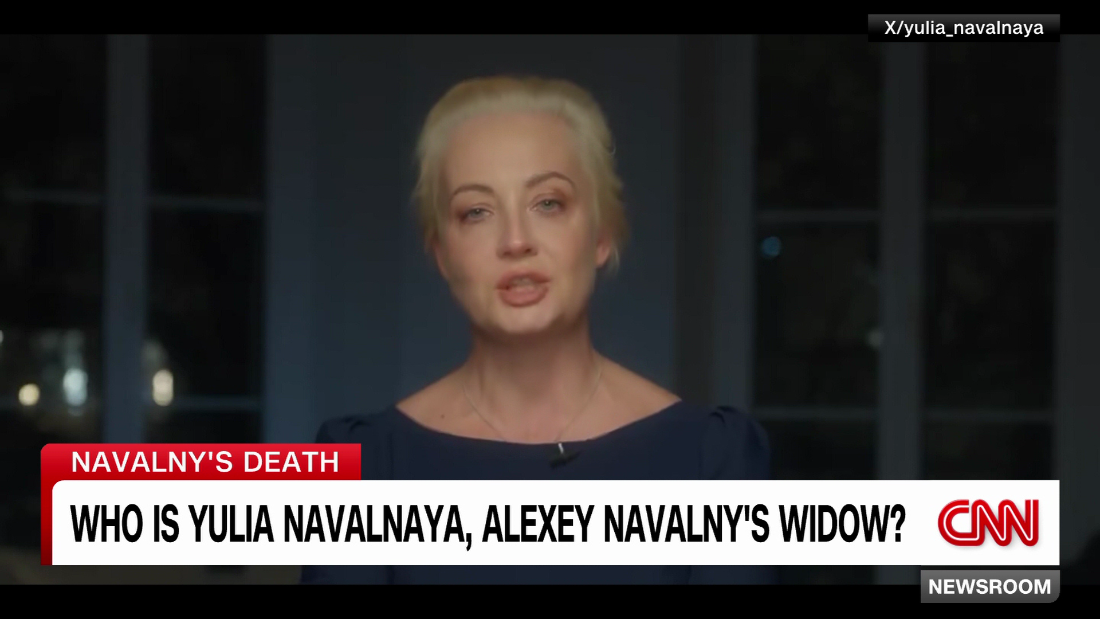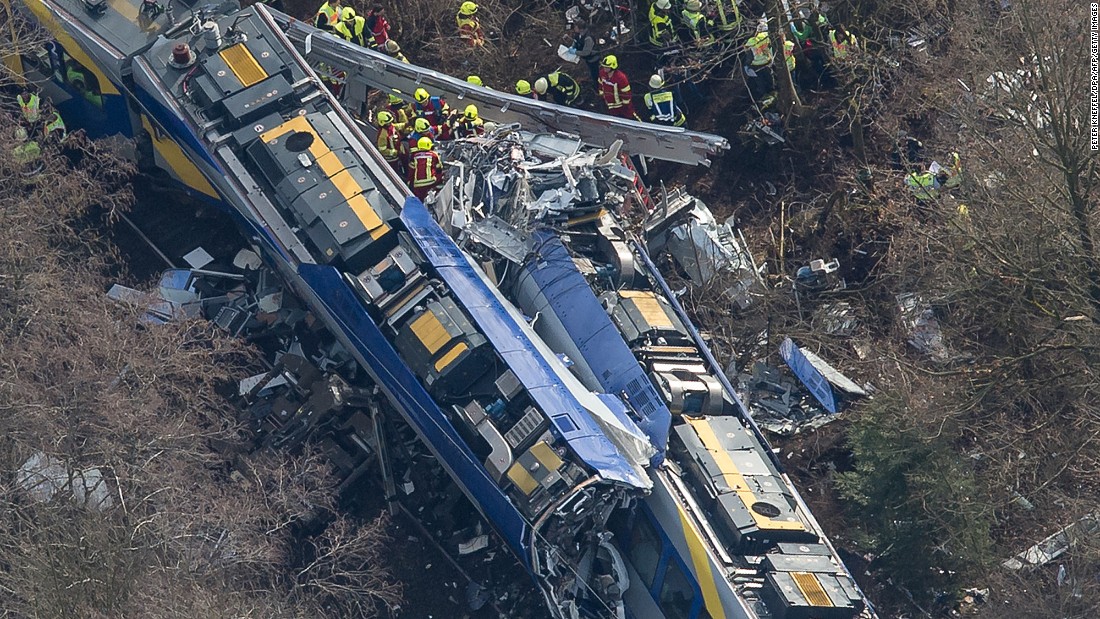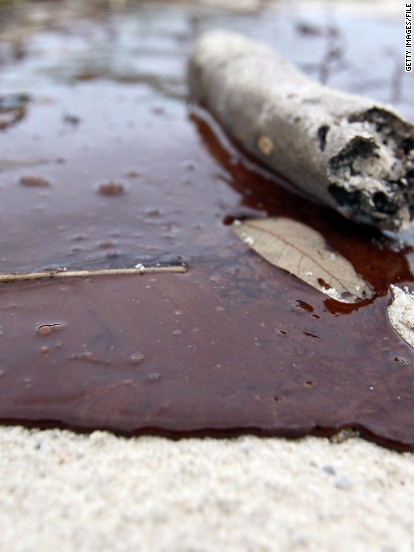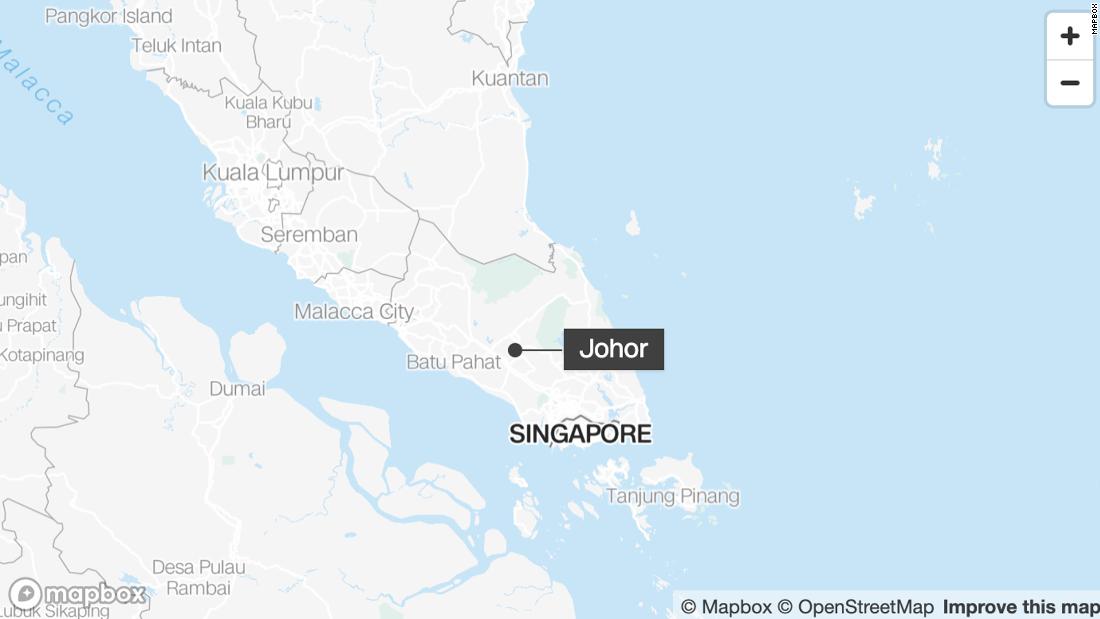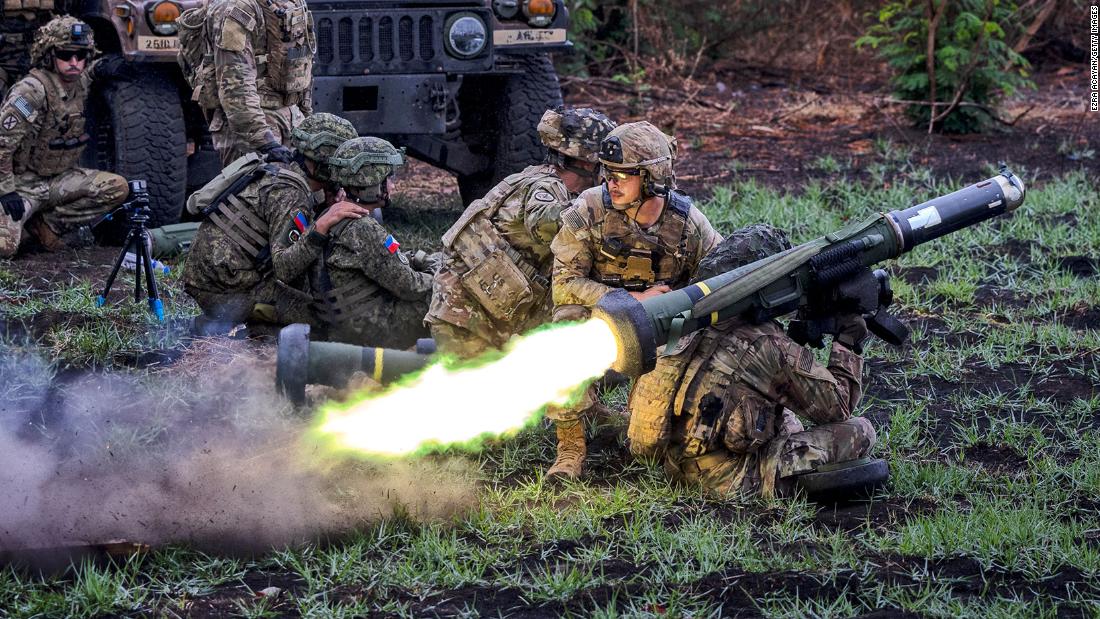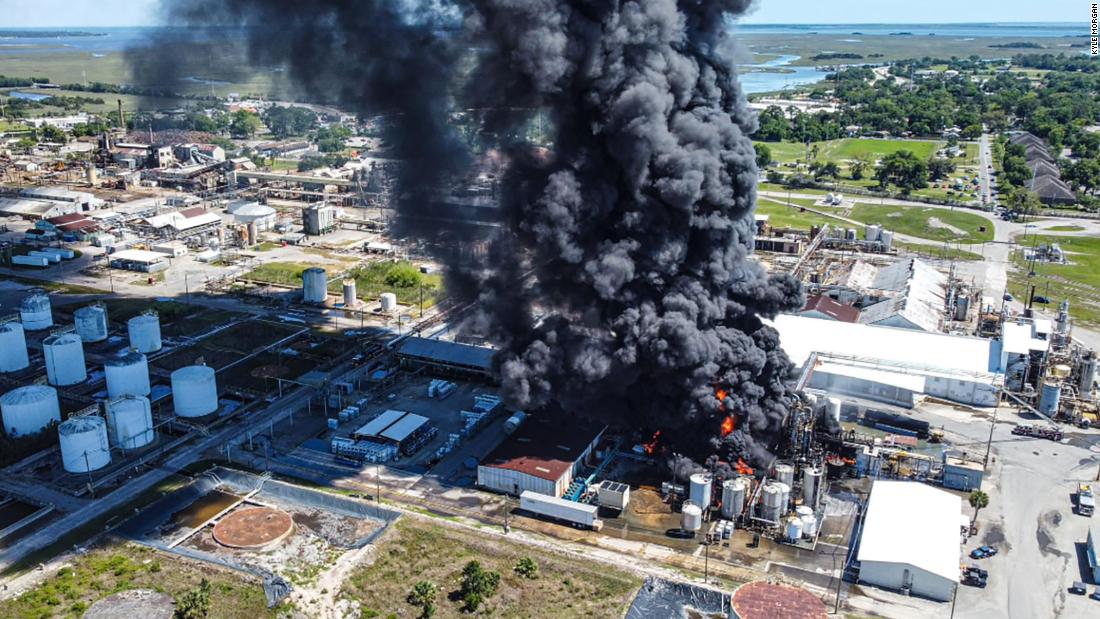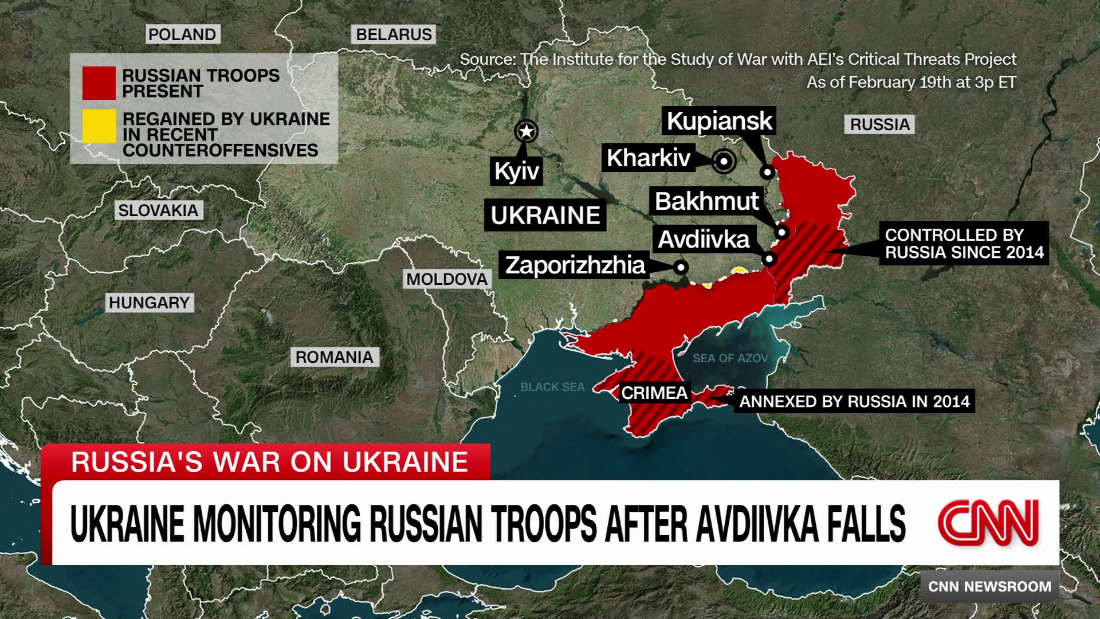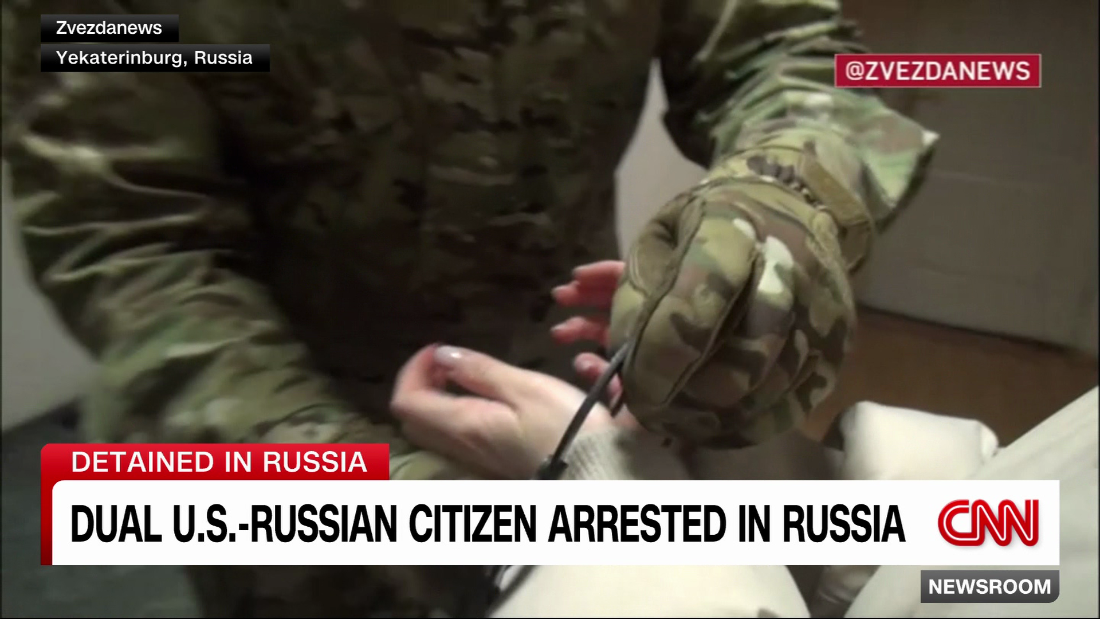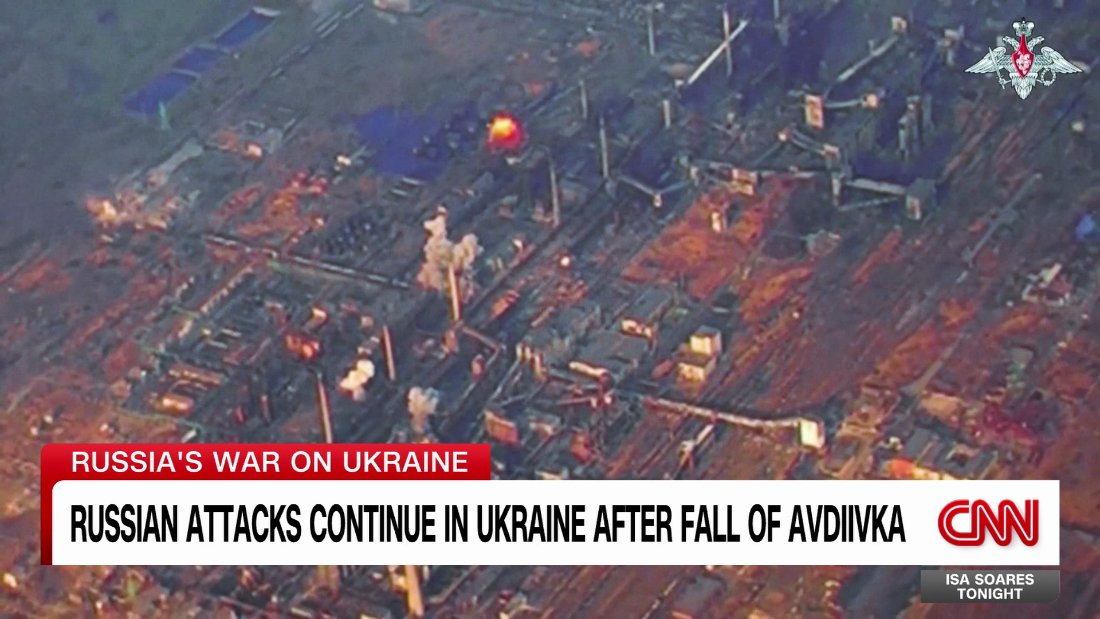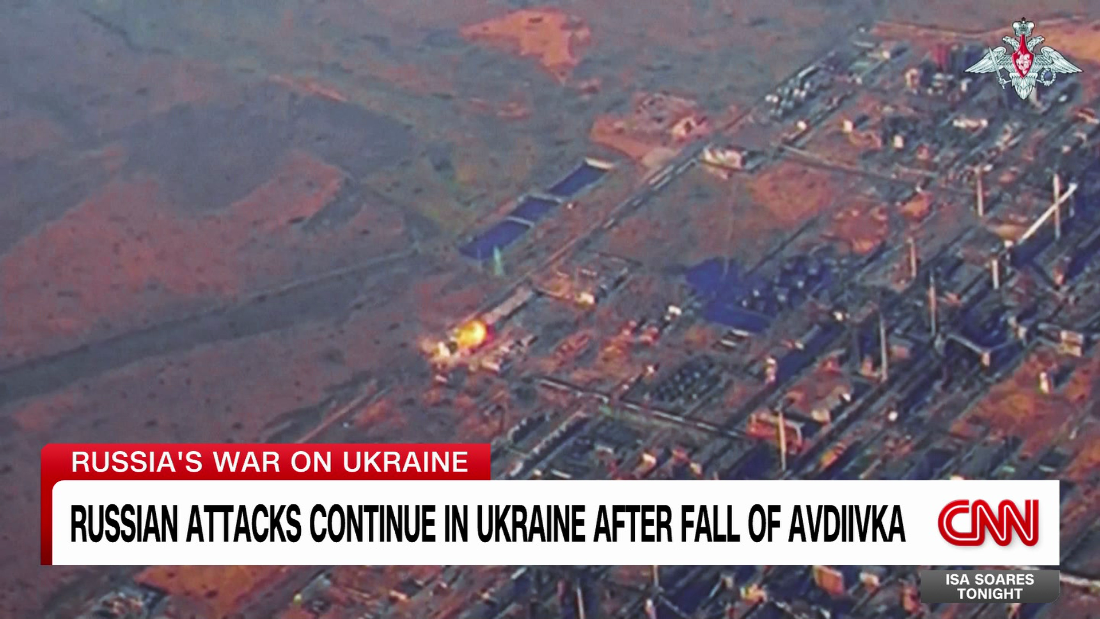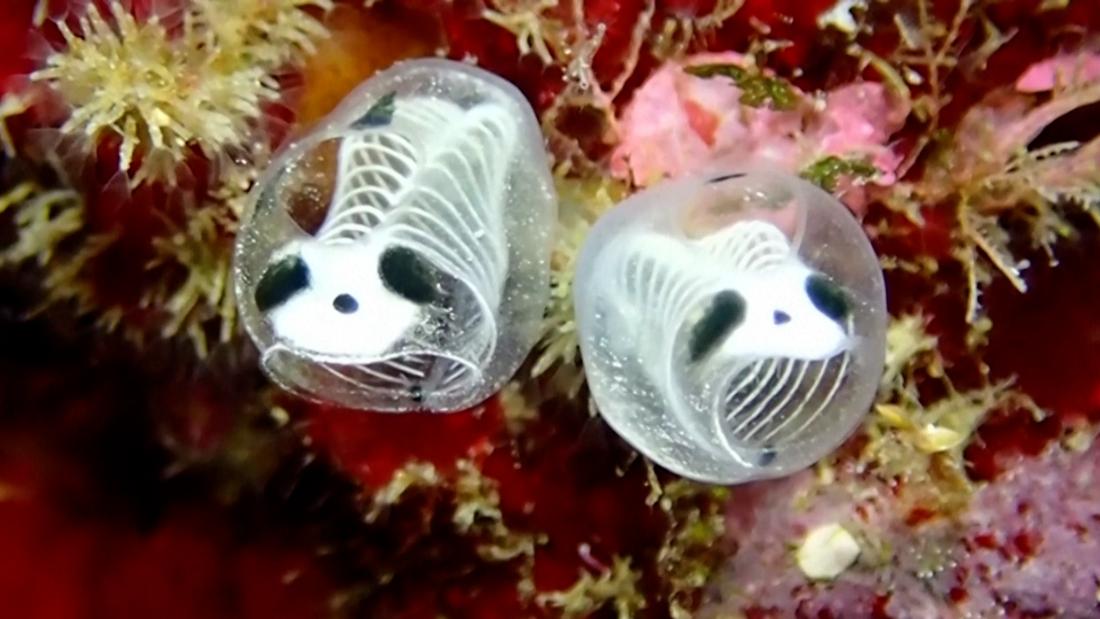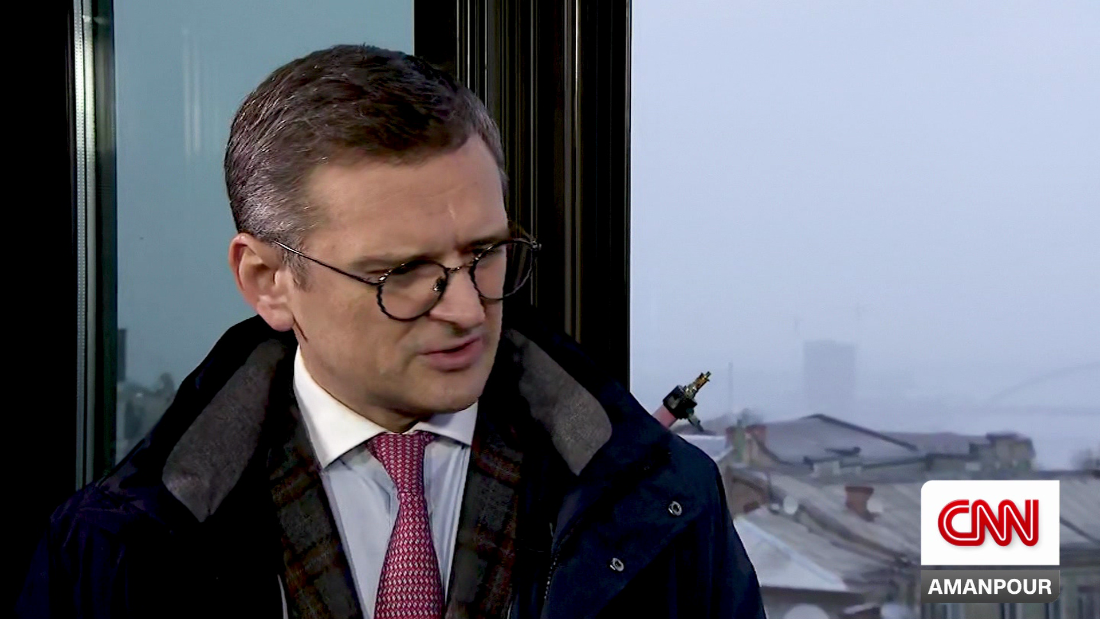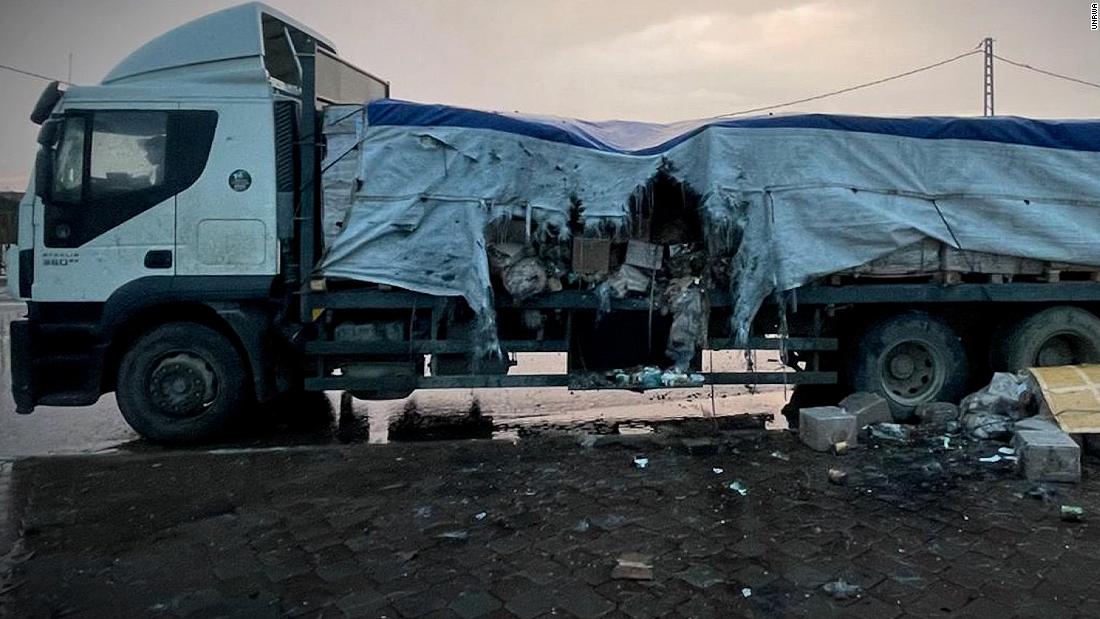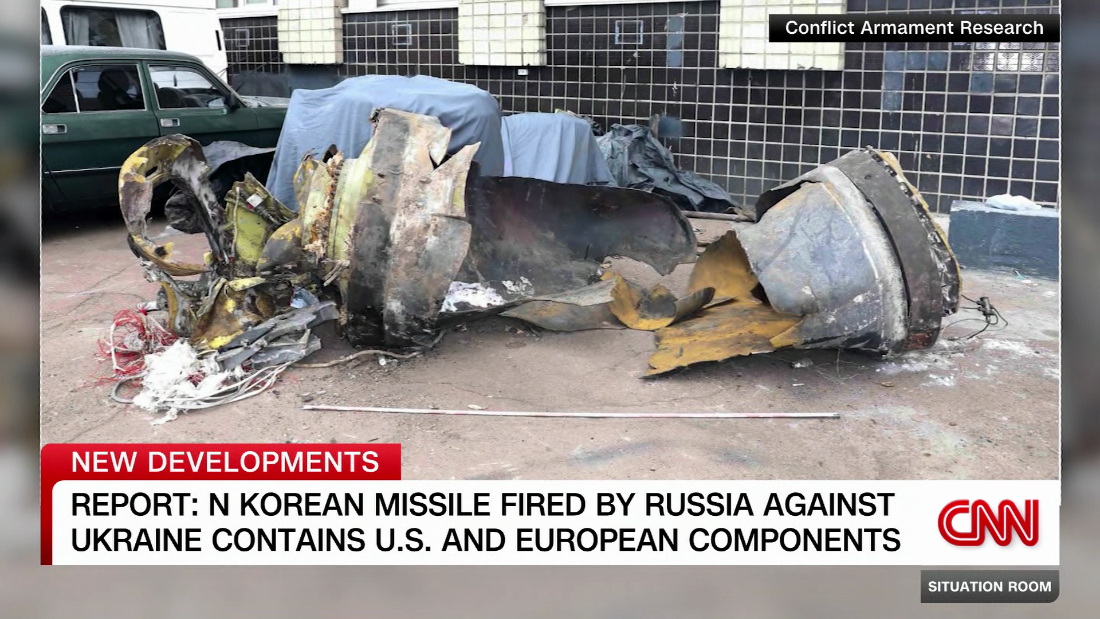NATO has brutally poked fun at one of Putin’s busted and broken submarines as the sputtering boat sailed through the English Channel.
Kilo-class sub Novorossiysk cruised on the surface through the English Channel embarassingly accompanied by the tugboat Yakov Grebelsky in case it broke down.
SWNSHMS Iron Duke seen shadowing Russian submarine Novorossiysk[/caption]
SWNSThe frigate tracked the stricken submarine as it sailed into the North Sea[/caption]
It was shadowed by Plymouth-based warship HMS Iron Duke as it passed through the English Channel close to the coast of France.
The Type-23 frigate – a 4,900 ton, 436ft long vessel armed with anti-submarine torpedoes and a 4.5inch naval gun – spent 72hours shadowing the sub alongside her Wildcat helicopter.
And meanwhile, Nato chief Mark Rutte poked fun at Putin’s submarine – which was branded a “floating bomb” after it suffered a fuel leak while deployed in the Med.
Rutte said: “What a change from the 1984 Tom Clancy novel The Hunt for Red October.
“Today, it seems more like the hunt for the nearest mechanic.”
Speaking in Slovenia yesterday, Rutte added that the “broken” vessel was “limping” home and that there was “hardly any Russian naval presence in the Mediterranean left”.
HMS Iron Duke wasn’t the first Navy vessel to pick up the stricken submarine – with it being monitored by HMS Cutlass of the Gibraltar Fast Boat Squadron in the Med and Strait of Gibraltar.
Nato warships then took up escort duties as it passed into the English Channel.
Some 11 warships from six nations have been part of the mission tracking the creaking sub.
HMS Iron Duke’s captain, Commander David Armstrong, said: “A surfaced Russian submarine will always focus the mind.
“This operation was characterised by teamwork. Spanning an extended period, and complicated by severe weather and a Kilo transiting both dived and, on the surface, it has involved 11 surface units from six partner nations – likely more by the time it concludes it voyage.”
The 243-ft diesel-electric attack sub Novorossiysk is part of Putin’s Black Sea Fleet and potentially capable of carrying nuclear weapons.
Al Carns, Minister for the Armed Forces said: “Russian vessels have been passing through the English Channel more frequently and our Royal Navy is on the job 24/7, keeping a close eye on their movements to make sure our waters and undersea cables stay safe.
“This is a clear sign of how the UK stands strong with our NATO allies to push back against Russian aggression.
“The Royal Navy’s dedication and professionalism are absolutely vital for keeping the UK safe.
“The Government is fully committed to giving our Armed Forces the tools and support they need to keep us secure at home and strong abroad.”
According to Russian Telegram channel VChK-OGPU, the vessel has fuel leaking directly into its hold, creating “an explosive hazard” and leaving the crew scrambling to contain the danger.
The channel, which has links to intelligence sources, reported the boat lacks qualified engineers on board and they don’t have enough spares to make repairs.
Despite the growing fears, Moscow has denied any “malfunction and emergency surfacing” – though it stopped short of ruling out technical problems.
The Black Sea Fleet insisted the Novorossiysk is on a “scheduled inter-fleet transit” and that submarines “pass through the Strait of Dover exclusively on the surface” under navigation rules.
ReutersMark Rutte mocked the Putin’s submarine as ‘Hunt for the Nearest Mechanic’[/caption]
The stricken 3,100-tonne Varshavyanka-class sub has been closely tailed by Nato navies as it limps north.
French, British, Belgian and Dutch warships tracked it past Brittany, through the Channel and into the North Sea.
Nato’s Maritime Command issued a blunt warning – “We are watching” – without alluding to alleged technical problems on the vessel.
The Netherlands took over escort duties from Britain, deploying navy vessel Zr. Ms. Luymes, an NH90 combat helicopter, and coast guard ships.
A Dutch defense spokesperson said: “The Netherlands shows vigilance and prevents Russian ships from sabotaging undersea infrastructure.”
Earlier, a French frigate and Belgian patrol vessel BNS Castor had shadowed the sub.
And a US Navy patrol plane had tracked it for days off Gibraltar as it began its slow return to Russia.
The Novorossiysk is now believed to be heading for a Baltic Sea port, still dogged by the problems first reported in the Med.
Kursk submarine disaster
THE fears over the Novorossiysk sub are a chilling echo of one of Russia’s darkest naval disasters — the sinking of the Kursk submarine in 2000.
On August 12, 2000, the Oscar II-class sub exploded and sank in the Barents Sea during Russia’s first major naval exercise in over a decade.
A leak of hydrogen peroxide inside a Type 65-76A torpedo triggered a deadly blast in the forward torpedo room.
Moments later, a second, far more powerful explosion ripped the vessel apart and sent it plunging to the seabed.
All 118 crew members were killed.
The catastrophe — and Moscow’s slow, chaotic response — shocked the world and remains a searing reminder of the risks lurking aboard Russia’s submarines.
Published: [#item_custom_pubDate]



















